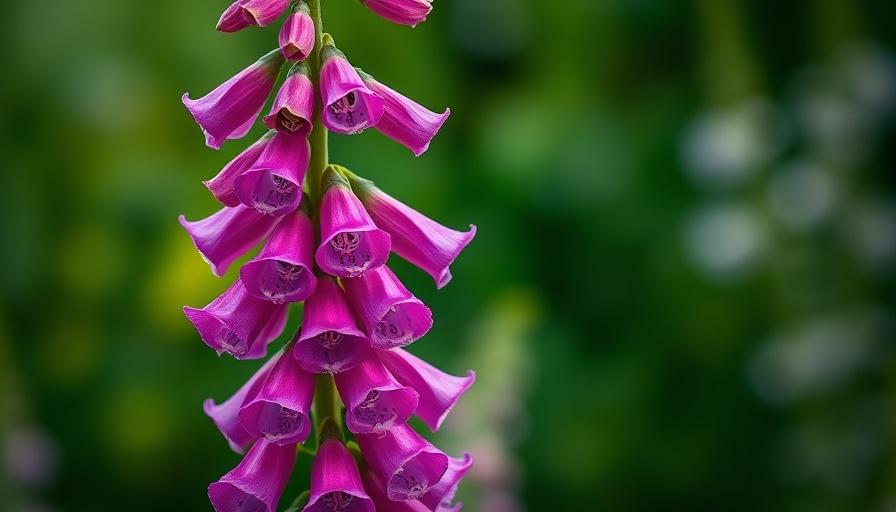
Unlocking Nature’s Secrets: Understanding Dichotomous Keys
Learning to use a dichotomous key is an essential skill for any environmentally conscious homesteader or nature enthusiast. It can significantly enhance your understanding of the diverse species that inhabit your space—whether it’s identifying plants, insects, rocks, or animals. A well-utilized dichotomous key allows you to recognize similar species, which is particularly beneficial when you encounter look-alikes on your property.
Having a deeper knowledge of your surroundings enables you to make informed decisions about what to cultivate, how to best utilize your land’s resources, and even when foraging for edible plants or minerals. For example, did you know that some plants only thrive in specific soil types, such as acidic conditions? Or that particular rocks can contain vital minerals that enhance soil health? Equipped with this information, you can truly maximize your homesteading potential.
The Basics: What is a Dichotomous Key?
At its core, a dichotomous key presents a structured approach to identification through a series of either/or choices. Each choice leads you closer to identifying the species in question, breaking down potentially overwhelming information into manageable parts.
This structured format can seem intimidating at first. However, by familiarizing yourself with basic terminology related to the species you’re studying, you can turn this tool into a resource you can confidently navigate. Understanding botanical terminology, like the difference between a leaf's terminal and axillary buds, makes using these keys significantly less daunting.
Finding and Using Dichotomous Keys
Dichotomous keys are relatively easy to source. They can often be found in identification guides at local libraries, bookstores, or even online. Many educational institutions, especially those with biology or environmental science departments, provide credible resources for their students and the community at large.
When using a dichotomous key, it’s important to ensure that the guide corresponds to your specific region. This regional accuracy is critical since many species vary tremendously depending on geographical location. The goal is to follow the rows of characteristics; if a certain characteristic is present, you move to the next question; if not, you’re directed elsewhere.
Why are Dichotomous Keys Important?
Dichotomous keys serve a more significant purpose beyond simple identification. They foster a deeper connection with nature by encouraging observation and research. By actively engaging with the environment, you develop critical thinking and observational skills that enhance your understanding of local biodiversity. This is vital not only for personal education but also for conservation efforts where awareness of threats to certain species is key.
Moreover, they bridge gaps between various audiences—from students learning about ecosystem dynamics to seasoned naturalists conducting research. The structured approach makes a complex system of classification accessible, steering users towards a clearer comprehension of the organism's purpose within the ecosystem.
Practical Tips for Effective Use
Here are some practical tips to help you effectively use a dichotomous key:
- Research first: Before you start, familiarize yourself with the most common plants and animals in your area.
- Start with distinct characteristics: Focus on visible traits that are easily identifiable, such as color, size, or shape.
- Practice patience: It might take time to become comfortable with the format. Be patient with yourself as you learn.
- Experiment: Don’t hesitate to try different keys until you find one that suits your style and needs.
- Document your findings: Keep a journal of species you identify to track your progress and build knowledge over time.
Conclusion: Empower Yourself with Knowledge
Ultimately, mastering how to use a dichotomous key can be profoundly empowering. It enhances your relationship with nature while providing essential life skills. So, go ahead and explore the resources available to you, whether online or in your local community. Your journey into the world of biodiversity and ecological awareness starts with understanding how to identify the flora and fauna around you. Take the first step today!
 Add Row
Add Row  Add
Add 




Write A Comment